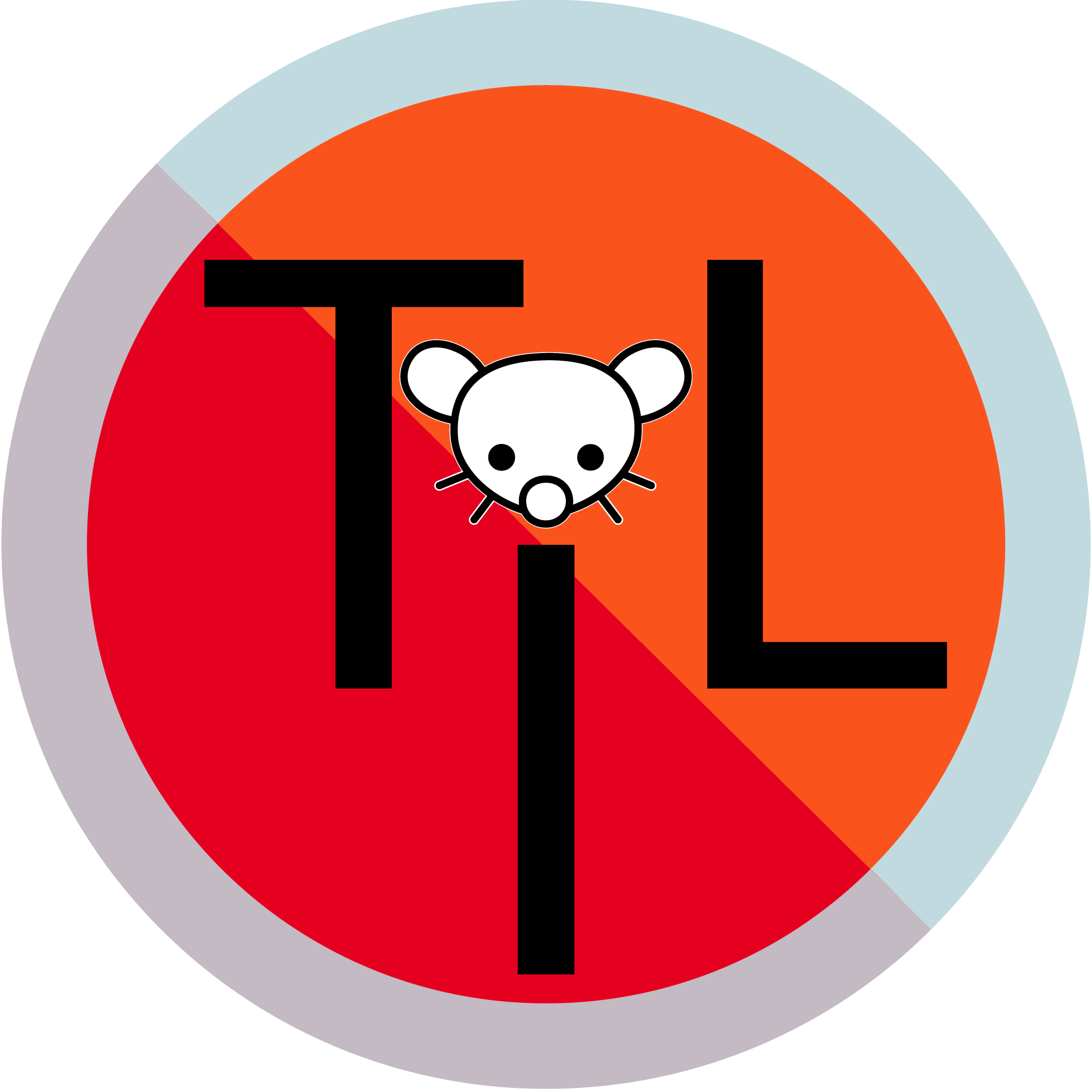The newest generation of xps i shit anyways, good riddance.
i was really happy with my 2019ish xps. But the 2024 one is hot garbage. not just that it arrived with the keyboard not working and Dell taking 3 months to replace it. There’s a total of 2 usb-c ports on it. That’s all the connectors, yes. No, no headphone jack either. And one of those two is taken up with charging, so i’m left with one port if i dont use a dockingstation.
the whole function bar is touch now. you need to hit it 3 times for it to react, who needs Esc anyways. Unless you want to type in the number row, then the function row will pick up random key presses sometimes.
Copilot key no one asked for. Power button is just an unlabelled piece of plastic that looks like filler, not a button. Keyboard sucks in general, too little space between keys, you’re bound to mistype.
linux support is ok, though webcam doesn’t work in firefox, hibernate doesn’t work, every few weeks it’ll just freeze. But otherwise acceptable.
definitely my last dell, i really hate it.
[Edit] Oh and I forgot the best part, when the dell repairman finally repaired it after 3 months, he said “oh a new XPS? Yeah, those suck, every customer hates them especially for software development”








Kobo.com DRM is also very easy to bypass and turn into epub using knock